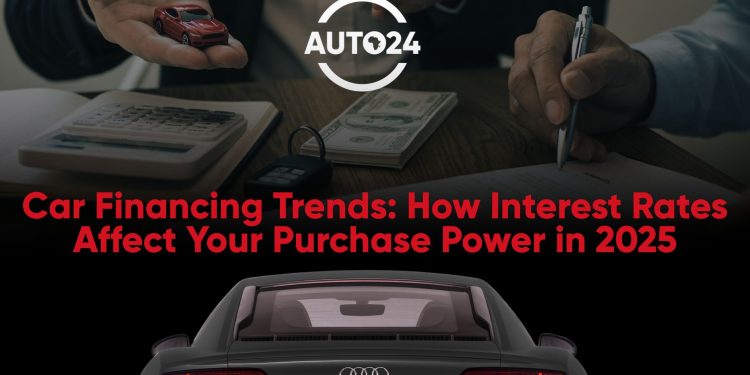Interest Rates and Your Wallet
Buying a car in 2025 feels different from just a few years ago. With interest rates higher than many South Africans are used to, monthly installments on financed vehicles can quickly climb. But while the numbers may look intimidating, there are ways to plan smarter. Here’s a practical guide for everyday buyers on how interest rates affect your purchase power and what you can do to stay in control.
1. First-Time Buyers: Stretching Every Rand
- What’s Happening: Entry-level buyers face the toughest squeeze, with repayments on small hatchbacks or sedans rising sharply.
- Example: A car that cost R3,500/month to finance in 2022 may now be closer to R4,000/month at today’s rates.
- Tip: Look for dealer specials, compare multiple banks, or consider certified pre-owned cars to keep repayments manageable.
2. Families: Rethinking the SUV Upgrade
- What’s Happening: Middle-income families eyeing SUVs or MPVs are paying R1,000–R2,000 more per month than they would have a few years ago.
- Example: A R500,000 family SUV financed at current rates adds noticeable strain to the household budget.
- Tip: Trade in your current vehicle for equity, explore longer terms cautiously, or downsize to a more fuel-efficient model.
3. Higher-Income Buyers: Playing It Smart
- What’s Happening: Affluent buyers are less affected by interest rates, but many still prefer cash purchases or balloon payments to reduce interest costs.
- Example: A R1 million luxury vehicle may be financed over a shorter term to save on total interest, even if monthly payments are higher.
- Tip: Use strong credit scores to negotiate better rates, and compare dealer finance with private bank offers.
4. Businesses and Fleets: Feeling the Pinch
- What’s Happening: Small businesses and ride-hailing operators see the biggest operational hit, as vehicle financing eats into margins.
- Example: Financing a fleet of five bakkies could cost thousands more per month compared to just three years ago.
- Tip: Explore leasing or bulk finance agreements, and track fuel and maintenance costs to maximize savings.
5. What the Market Is Showing
- More Buyers Going Used: Rising rates are pushing demand toward used vehicles, where prices have begun to stabilize.
- Cash Is King: Wealthier buyers are increasingly choosing to pay outright to avoid high finance costs.
- Dealer Incentives: Manufacturers and dealerships are offering limited-time low-interest deals to keep cars moving off lots.
Conclusion: Plan, Compare, and Stay Flexible
Higher interest rates in 2025 don’t mean you can’t afford a car — but they do mean you need to be strategic. Whether you’re a first-time buyer, a family upgrading, or a business owner, the key is to compare offers, understand the long-term costs, and explore alternatives. With careful planning, you can still get behind the wheel without breaking your budget.





